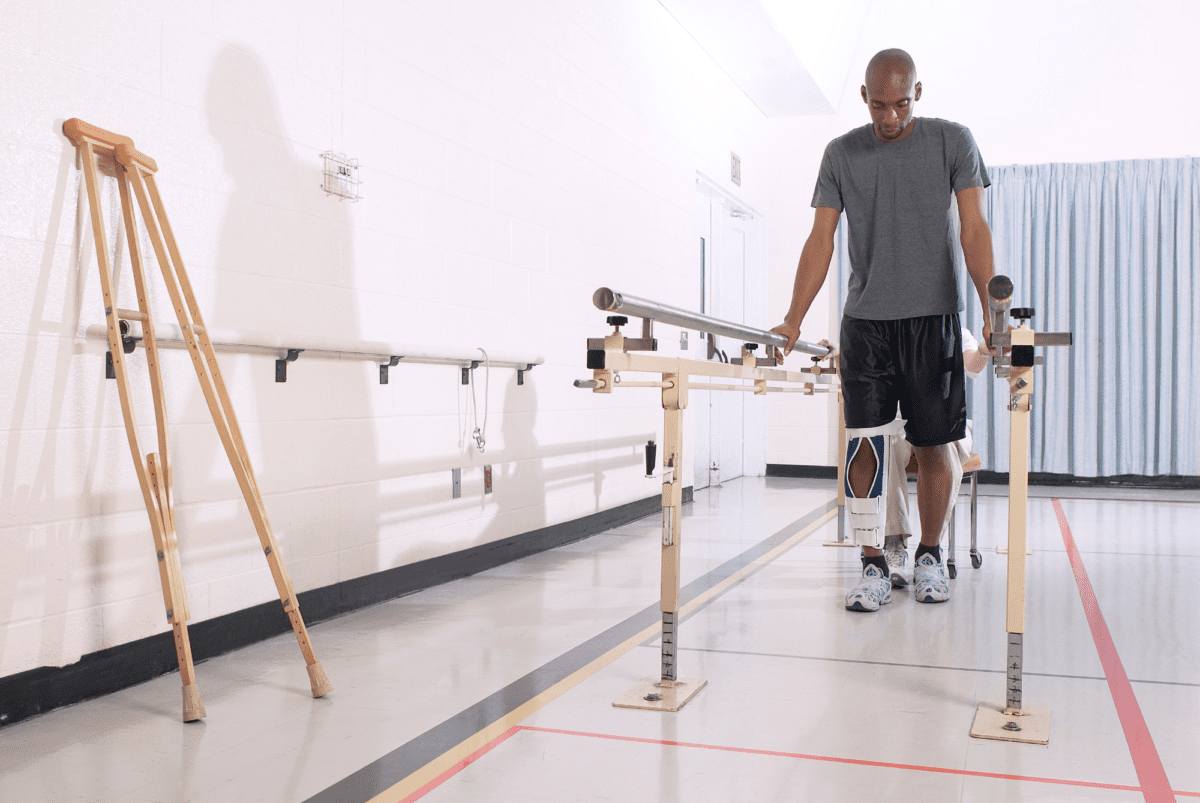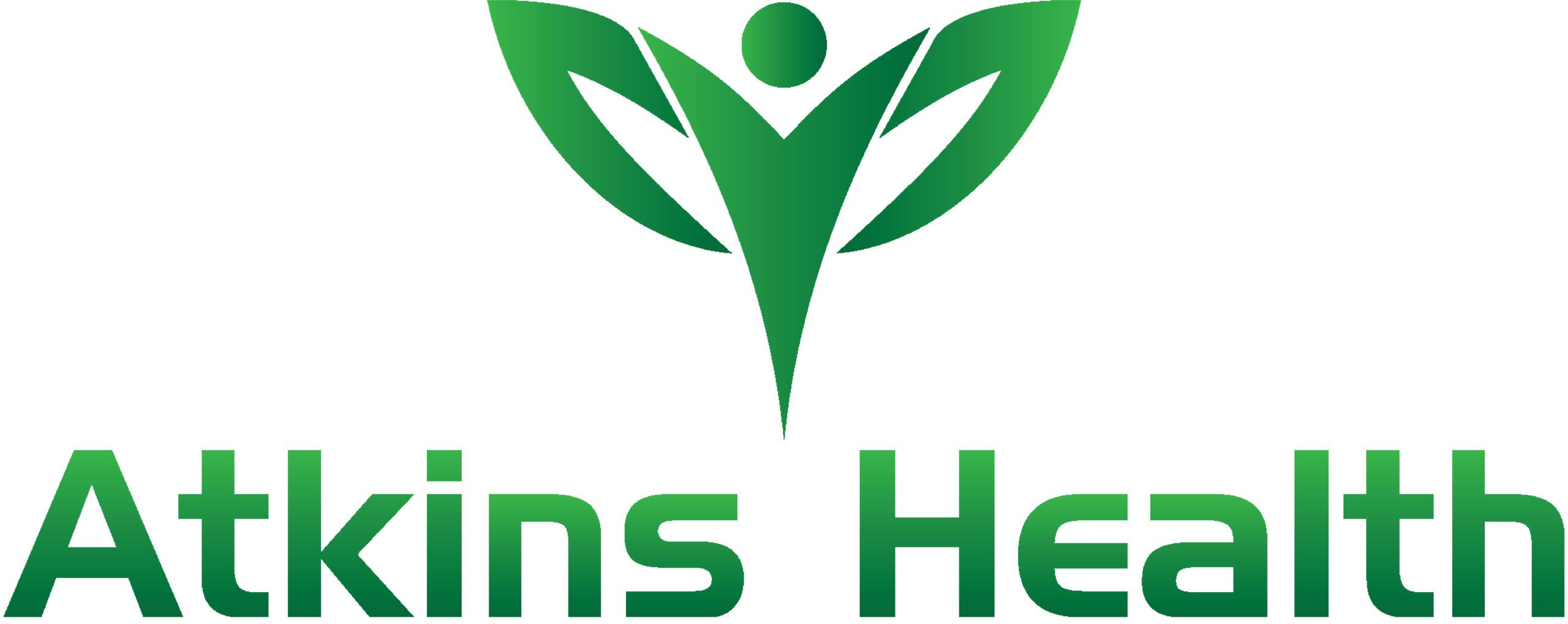Surgery, rehabilitation and recovery: What you need to know

Preparing for surgery can be a daunting and overwhelming experience. Whether you are facing a minor procedure or a major operation, it is natural to feel a range of emotions as you navigate the journey ahead. In this blog, we will explore strategies for preparing for surgery, as well as tips for managing the recovery process.
How can I prepare for surgery?
Regardless of the type of surgery you are about to undergo, the best course of action in the lead up is to follow the instructions provided by your doctor. This will outline when to stop eating and drinking before the procedure, and any medications to avoid.
In addition to this, you may like to consider implementing a proactive exercise program that can help improve the rate and success of recovery post-surgery. This process is referred to as ‘prehabilitation’ or ‘prehab’.
Studies have shown that by optimising a patient’s condition before surgery, prehabilitation can help reduce the risk of complications after surgery, reduce the recovery window, and improve overall quality of life. Prehab allows the patient’s muscles and joints to reach the best shape possible before surgery, kickstarting the rehabilitation process, speeding up recovery and stabilising pain. Prehabilitation programs can vary depending on the client’s needs and the type of surgery they are having. Generally clients will be prescribed a tailored exercise program to improve their strength, flexibility, and cardiovascular fitness. This can help them better tolerate the stress of surgery and recover more quickly afterward.
What will surgery involve?
This question is tricky to answer. The procedure will vary significantly, depending on the type of surgery being performed, the part of the body involved, and the patient’s overall health. The duration of a surgical procedure can also vary depending on the complexity of the operation and the patient’s overall health. Some surgeries are relatively short and can be completed in a few hours – such as appendectomy, knee reconstruction, and a mastectomy. Other more complex surgeries can take several hours or even days to complete.
Recovering from surgery
It’s important to recognise that everyone responds differently to surgery. Two people who undergo the exact same procedure may have vastly different recovery processes out the other side.
This can be influenced by a variety of factors, including:
Type of surgery: This is possibly the biggest determinant of the recovery window. Some surgeries may only require a few days of recovery, while others may require several weeks or even months.
Age: Younger people tend to recover faster from surgery than older adults. This is because younger people tend to have stronger immune systems, better circulation, and fewer chronic health conditions.
Overall health: Similar to the above, people who are in good overall health tend to recover more quickly from surgery than those who have underlying health conditions such as diabetes, heart disease, or cancer.
Lifestyle factors: Factors such as smoking, poor nutrition, and lack of exercise can slow down the recovery process.
Quality of post-operative care: The quality of care that a patient receives after surgery can also affect their recovery window. Patients who receive appropriate pain management, wound care, and exercise therapy tend to recover more quickly than those who do not.
Complications: The occurrence of complications such as infections, bleeding, or other medical issues can also prolong the recovery window.
Mental health: The mental health of the patient can also play a role in the recovery window. Patients who are anxious, depressed, or stressed may take longer to recover than those who are in a positive and relaxed state of mind.
Post-surgical rehabilitation
At Atkins Health, we regularly work with clients in the lead up to, and following, a surgical procedure. Implementing a tailored prehabilitation and rehabilitation plan gives the body the absolute best chance at bouncing back.
Our rehabilitation exercise plans incorporate a blend of movements tailored to address the area impacted by the surgery. This will typically include a variation of the following exercise types.
Range-of-motion exercises:
- Designed to improve flexibility and reduce stiffness.
- Example: knee bends and leg extensions may be prescribed to improve range of motion following knee surgery.
Strengthening exercises:
- Targetted to improve muscle strength and help patients regain functional abilities.
- Example: after shoulder surgery, exercises such as shoulder presses and bicep curls may be prescribed to strengthen the muscles around the shoulder joint.
Balance exercises:
- Commonly introduced to reduce the risk of falls by improving stability.
- Example: after hip surgery, the patient may be prescribed exercises such as standing on one leg and heel raises to improve their balance.
Cardiovascular exercises:
- These exercises can help improve cardiovascular health and endurance.
- Example: after heart surgery, the patient may be prescribed exercises such as walking, cycling, or swimming to improve their cardiovascular fitness.
Working with an experienced exercise physiologist can provide education and guidance on proper exercise form and technique. We also monitor your progress and adjust your program as needed to ensure that you are making steady progress towards your goals.
If you have an upcoming surgery, why not reach out to one of our exercise experts. We can guide you through a personalised exercise program to help you bounce back in your best shape possible.


